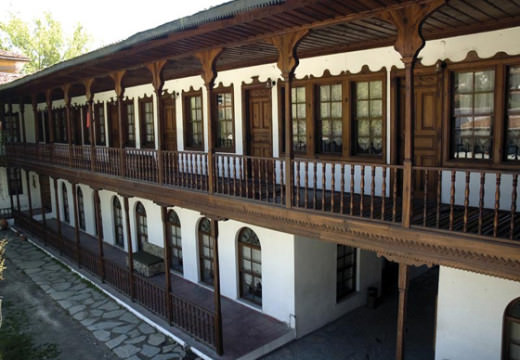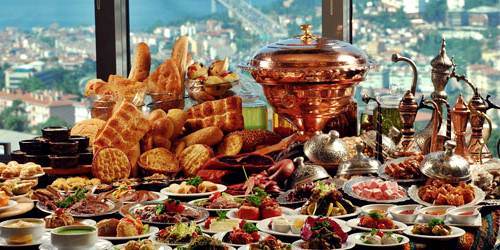Turkish Literature
The history of Turkic literature spans a period of nearly 1,500 years. The oldest extant records of written Turkic are the Orhon inscriptions, found in the Orhon River valley in central Mongolia and dating to the 8th century. Subsequent to this period, between the 9th and 11th centuries, there arose among the nomadic Turkic peoples …




